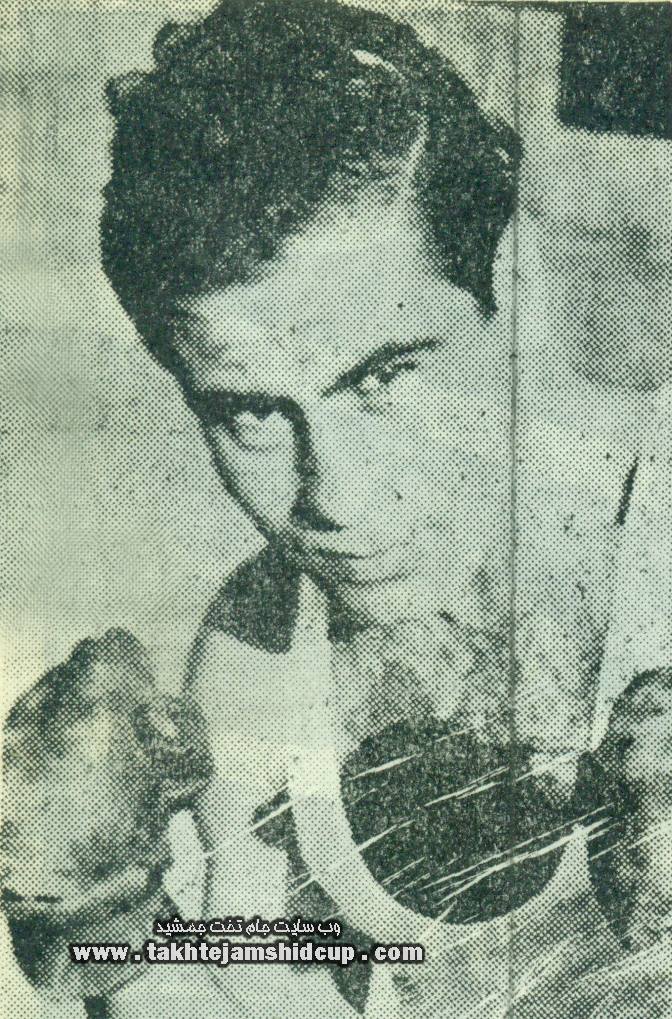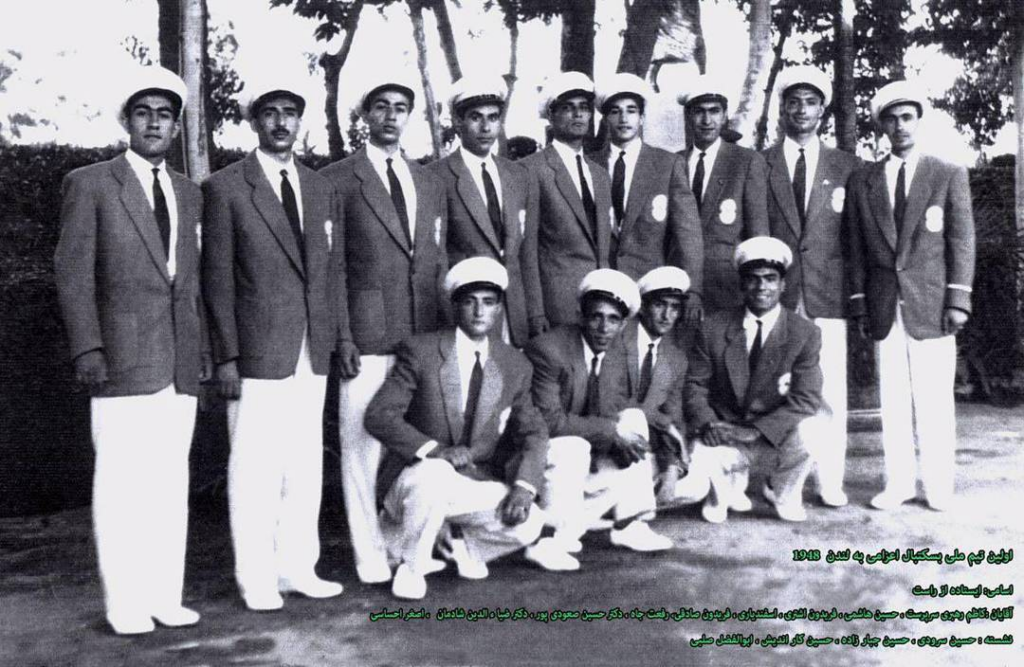After travelling back to 1904 for our last blog post, today on Oldest Olympians we wanted to approach an edition that is (relatively) more recent: the 1952 Helsinki Games. In particular, it was brought to our attention that out of all those who participated, only four are missing their complete birth data on Olympedia. Since there is more known in general about these athletes, given the era in which they competed, we felt that it would be worth featuring them here.

(Jehangir Naigamwalla, pictured on page 29 of the March 8, 1998 edition of The Times of India)
Jehangir Naigamwalla – Member of India’s water polo squad at the 1952 Helsinki Olympics
Jehangir Naigamwalla represented India in the water polo tournament at the 1952 Helsinki Games, where his country was eliminated in the qualification round after being defeated by both Italy and the Soviet Union. He was also entered in swimming’s 200 metres breaststroke competition, but did not start. He had better luck at the 1951 Asian Games, where he won bronze medals in that event, as well as the 3×100 metres medley relay, and he was active in the postwar period until at least 1955. He was still alive in 1998, but unfortunately we have seen no updates since then and have no indication of his age.

(Juan Bizama, pictured at the Chilean National History Museum)
Juan Bizama – Member of Chile’s shooting delegation to the 1952 Helsinki Olympics
Juan Bizama represented Chile in two small-bore rifle, 50 metres events at the 1952 Helsinki Games, placing 25th in the prone and 28th in the three positions. He had much better luck at the 1951 Pan American Games, where he took silver in the small-bore rifle, three positions team event and bronze in both the army rifle three positions and standing competitions. An army sergeant, he was active as early as 1940, but unfortunately we have been unable to locate any information about his age or activities after the 1950s.

(Karl Hofstetter, pictured in the archives of HC Olten)
Karl Hofstetter – Member of Switzerland’s field hockey squad at the 1952 Helsinki Olympics
Karl Hofstetter represented Switzerland in the field hockey tournament at the 1952 Helsinki Games, where his country was eliminated by Austria in round one. A forward with HC Olten, we have been unable to uncover much else about him, as is often the case with individuals who participate in team sports. There is, however, certainly a possibility that he is still alive, and perhaps even under the age of 90.
Pradip Bose – Member of India’s cycling delegation to the 1952 Helsinki Games
Pradip Bose, born c. 1935, represented India in cycling’s road race at the 1952 Helsinki Games, but since no members of the team completed the course, they did not place in the event. Unfortunately, we know of no other results or life events, although he was aged only 17 at the Olympics, which means that he could very well still be alive.
Although these are the only four individuals completely missing biographical data for their birth, there are nearly 100 more competitors for whom only their year of birth is known and for whom their subsequent fate remains a mystery. With that in mind, it seems very likely that we will address this topic again sometime in the future, so we hope that you will join us!
















